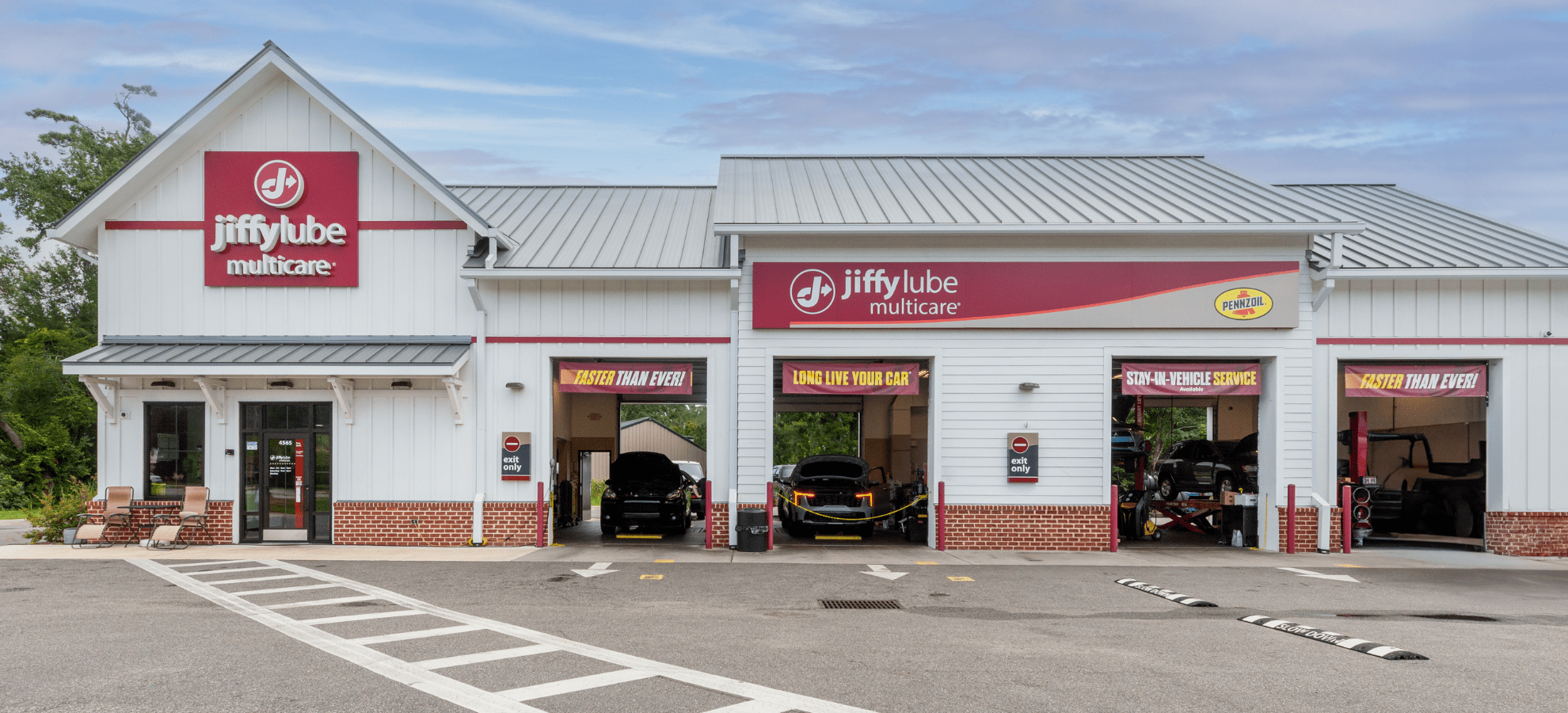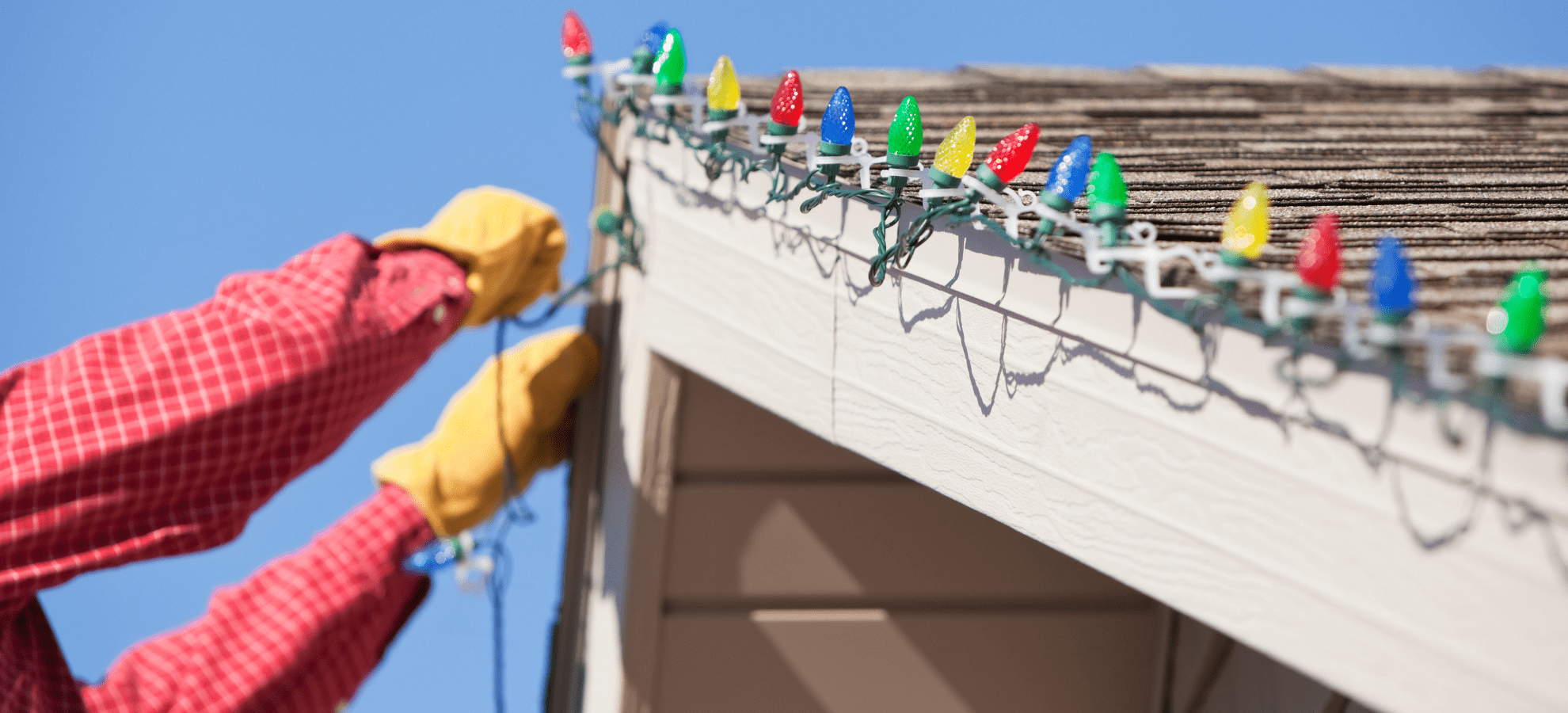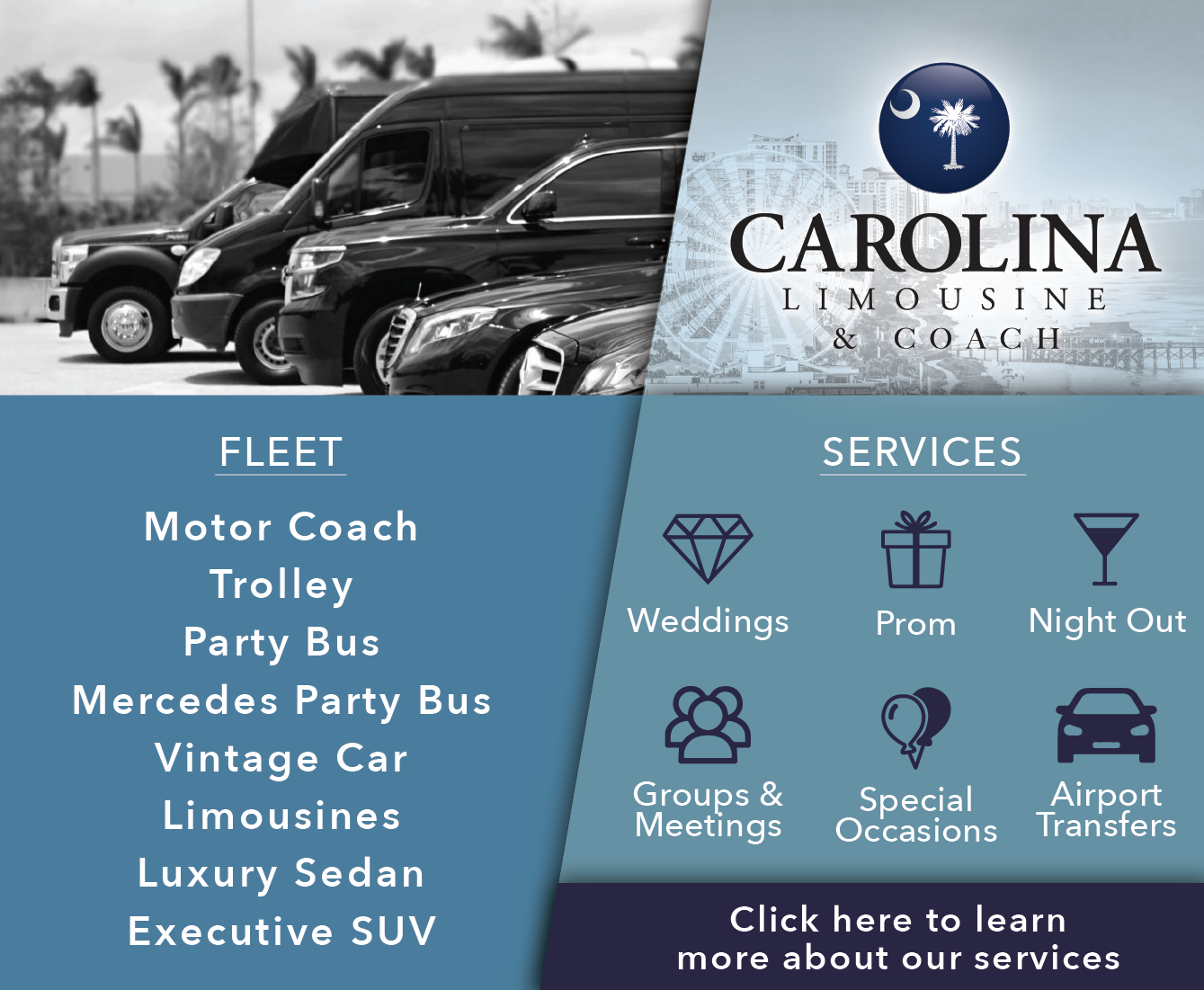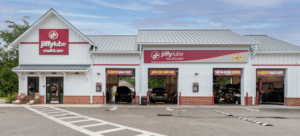"The Warthog"
by Melissa LaScaleia
The A-10 Thunderbolt II was developed in the 1960s for the United States Air Force by the OEM team from Fairchild Republic Company.
The military commissioned a new close-air support aircraft that would be an improvement to the legendary P-47 Thunderbolt used in the latter part of WWII— one that was rugged; survivable for pilots; and with the ultimate goal of providing superior protection to combat troops on the ground.
In response, the A-10 Thunderbolt II, affectionately nicknamed “The Warthog,” was developed. It was equipped with dramatic low altitude and low speed maneuverability; accurate weapons delivery; “get home safe” survivability; and mission capable maintainability.
This design featured a titanium encasement that protected the pilot from injury, and dually redundant flight control systems that allowed the pilot to fly the aircraft out of enemy range, despite severe damage such as complete loss of hydraulic capability.
It also had short takeoff and landing capability, making it ideal for unpredictable terrain and territory abroad. And its simplicity of design meant that bases with limited facilities in war-time settings would still be able to service it.
The first prototype Thunderbolt II made its initial flight on May 10, 1972; production of the craft commenced in 1975. The aircraft was first delivered to the 354th Tactical Fighter Wing at Myrtle Beach Air Force Base in July 1977, and was that base’s primary aircraft.
The Warthog has a span of 57 feet, 6 inches; it is 53 feet, 4 inches long; 17 feet, 8 inches high; and weighs 47,000 lb. It is equipped with two 9,000 lb engines. It can reach maximum speeds of 450 mph; cruising speed is 335 mph; and it costs $2.4 million.
Aircraft and technology constantly change in the military. In the ’90s, the U.S. Army and the U.S. Air Force disagreed on the fate of the A-10: the Army wanted to keep the aircraft in rotation, believing it was “a powerful close-air support asset.” The Air Force wanted to do away with it, believing it was limited in its capacity to low-threat environments.
The Air Force’s choice to phase out the A-10 aircraft was one of the contributing factor’s that lead to the closing of the Myrtle Beach Air Force Base, as the base was a hub housing that aircraft. The decision to keep the A-10 in the military line-up came after the decision was made to close the base.
The A-10 is still in use by the military today; the aircraft has been continuously modernized over the years.
After its closing and the area subsequently redeveloped, Warbird Park was created in the Market Common to commemorate the history not only of the base itself, but of the illustrious history of the memorable and lovable A-10, as it was when the base was active.
Today, visitors can stop by the outdoor area of the park to see one of the original A-10s that used to be in service at the base.

















